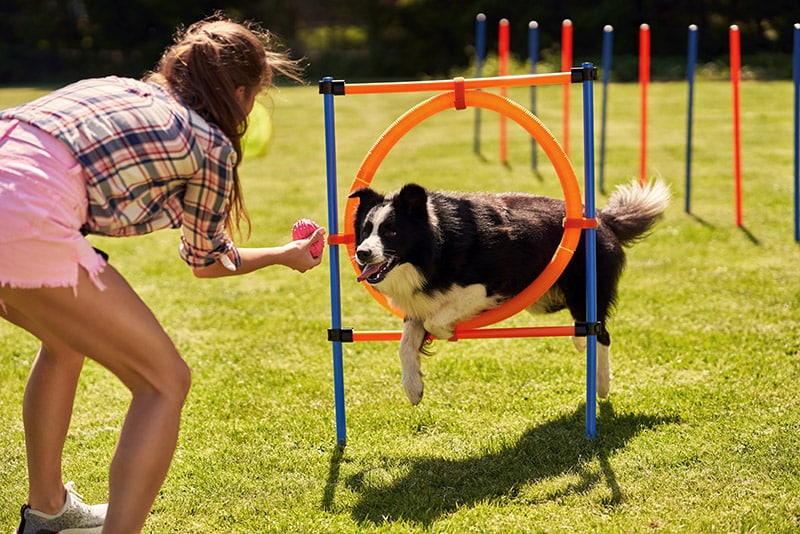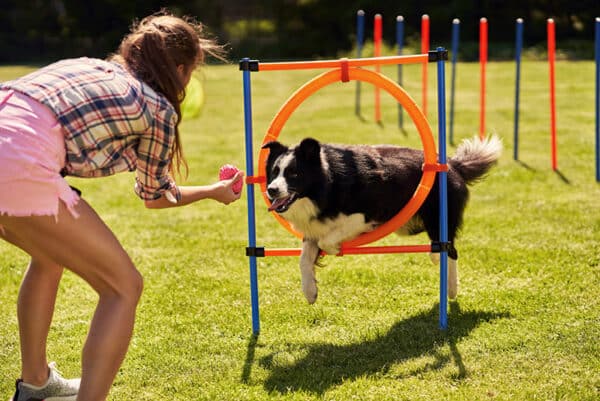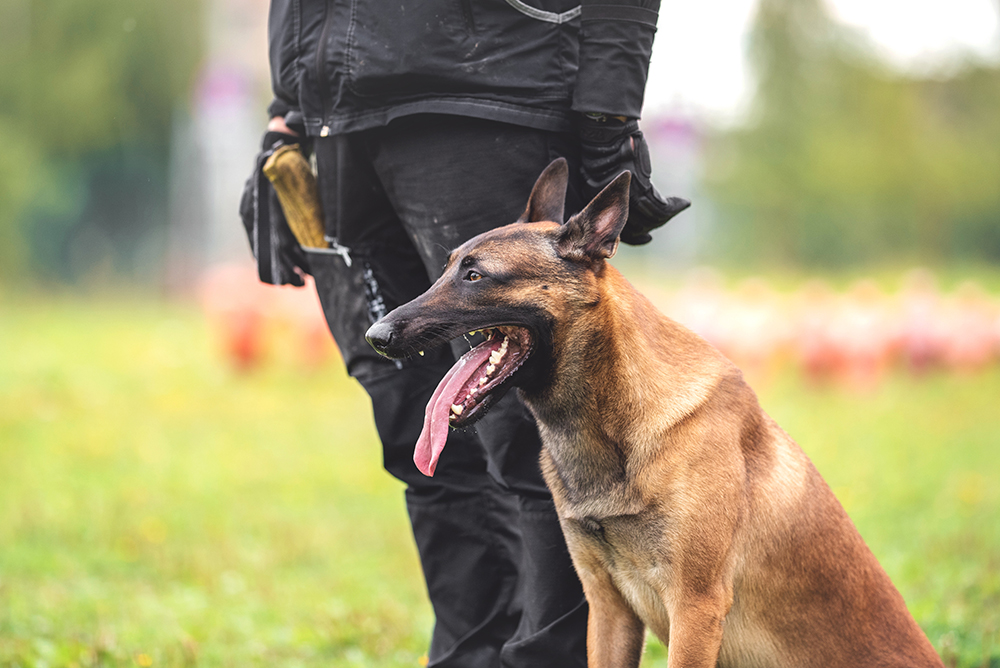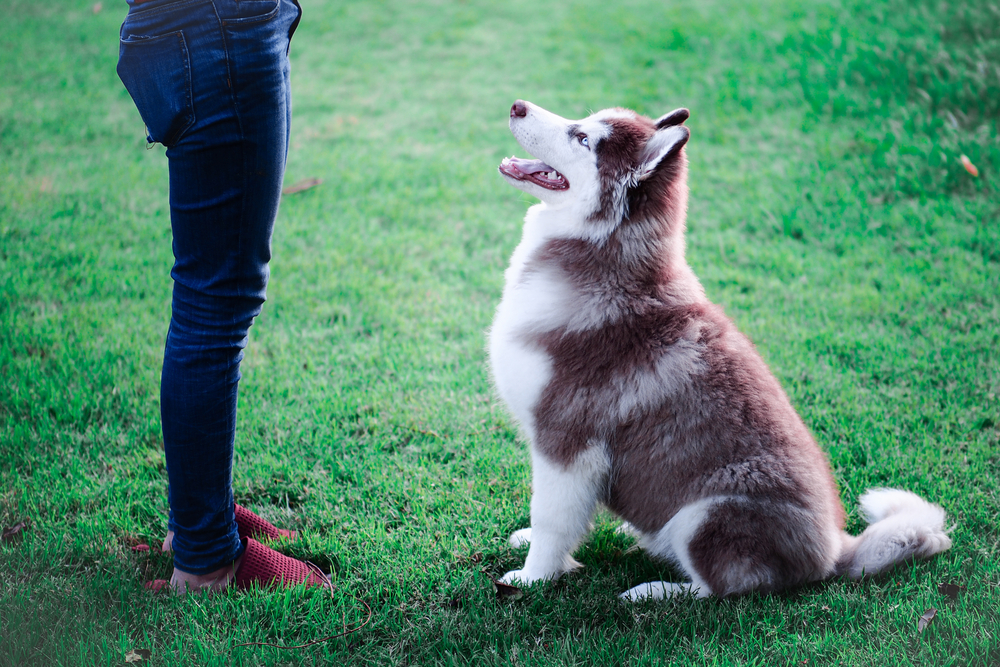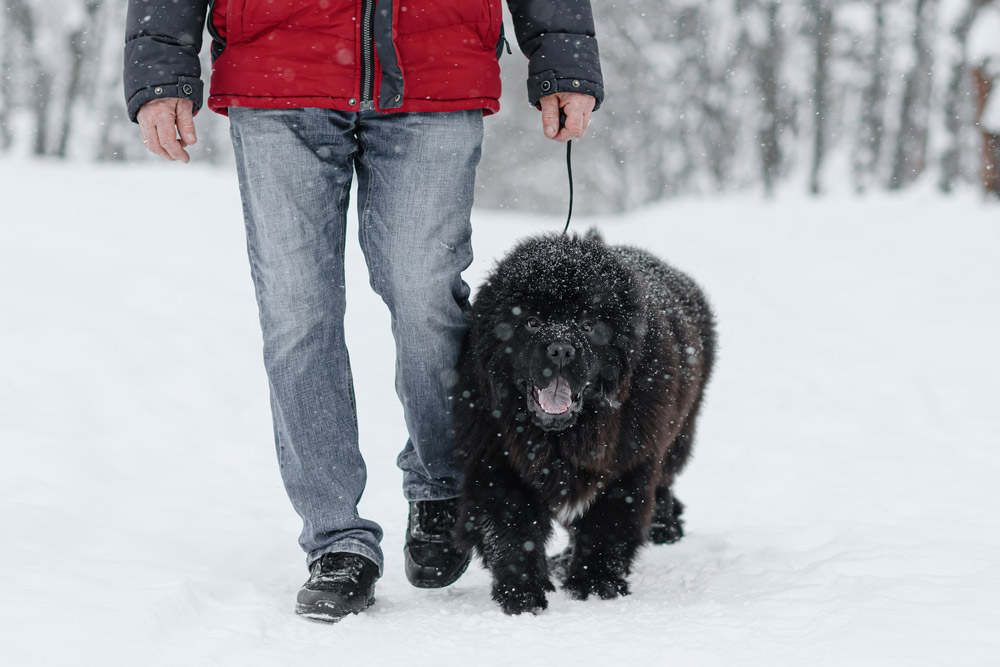Nearly every article on dog training suggests using treats as a reward. But what if your dog isn’t interested in treats? Does that mean they can’t be trained? Dogs that aren’t interested in treats can be trained just as well as dogs that go crazy for them.
The trick to successful training isn’t a treat; it’s a reward. As long as you reward your dog for desired behavior, you should begin seeing results from your training efforts. Dog owners who can’t rely on treats may have to be more creative to reward their pets. In this article, we will discuss seven tips and tricks to help you hit the ground running with training your dog.
Before You Try Something New
Before shifting away from treats, you should ensure that your dog isn’t shying away from a snack due to medical reasons. Dogs that are sick or in pain may have a decreased appetite. If you notice your dog eating less overall, visit your vet to check on your pet’s well-being.
Another thing to consider is how you feed your dog. If you free-feed your dog or leave a bowl full of food out all day, they could be overeating. This may cause them to be less interested in a treat during training sessions. It can also contribute to obesity.
You should also try swapping your dog’s regular treats for tastier, higher-value options. Your dog may be avoiding their treats simply because they don’t like them. Offering a bland treat as a reward isn’t enough incentive to convince your dog to do fun tricks, so look for yummier alternatives.
If you’ve tried all of this and your dog is still uninterested, it may be worthwhile to find other rewards.

The 7 Tips for Training a Dog Without Treats
Training a dog without treats may seem difficult, but it doesn’t have to be. Below, we will discuss seven tips and tricks that will help you train your dog with other rewards effectively.
1. Set Realistic Goals
The first step to training any dog is to set realistic goals. If you try to do everything all at once, you will overwhelm your dog and create confusion. It will only frustrate you and set back your pet’s progress.
Instead, keep each training session short and sweet. Determine what you want to teach your dog, then break the lesson into more manageable chunks. For example, if you want to teach your dog to roll over, you might teach them to stop, sit, lay down, and then roll over.
Focus on making these short lessons as fun as possible. The more exciting and fun they are, the more willing your dog is to participate, even without the treats.

2. Try Using Toys
If treats don’t get your dog’s tail wagging, maybe toys do. Consider buying an exciting new toy for your dog that only comes out during training sessions. When your dog performs the desired behavior, you can let them play with the toy.
3. Try Using Praise or Play
Another way to reward your dog is through praise or play. Dogs that are motivated by attention tend to love this form of reward. Verbal or physical praise (such as petting) is a great way to reinforce desired behaviors in dogs who love affection.

4. Keep Training Positive and Fun
Training should be a fun experience for you and your dog. Keep your tone cheerful and upbeat so that your dog feels encouraged. If either of you are feeling bored, frustrated, or discouraged, it’s time to take a break and try again later.
Regardless of how the training session goes, always end it on a high note so that your dog’s overall impression of the event is positive.
5. Pay Attention to Your Dog’s Body Language
While training, you should always watch your dog’s body language. Are they bored? Distracted? Discouraged? If so, change directions. Have your dog perform simple tasks and tricks they can do reliably to regain their confidence.
If your dog still seems upset, don’t push them to continue training. Simply end the training session on a good note and take a break. Forcing your dog to continue training while they are not feeling happy or confident can backfire, causing them to dislike training and avoid it when possible. It can also damage your dog’s trust in you if you become frustrated and lash out at their failure.
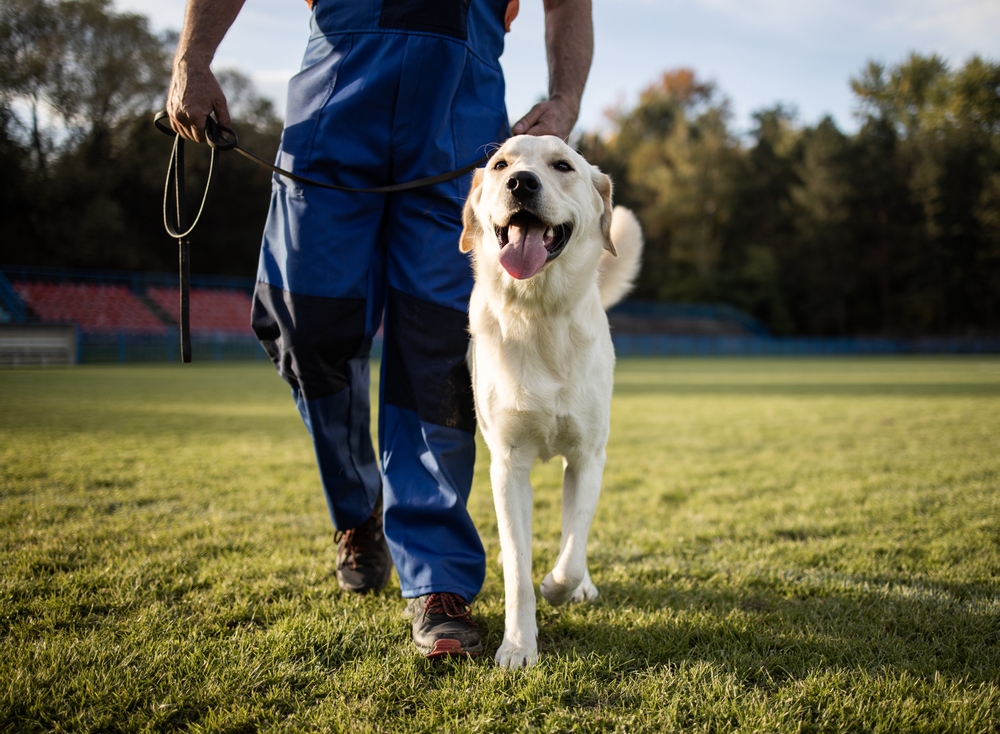
6. Consult a Professional Trainer
Even after trying everything we’ve mentioned, some dog owners may still be in a rut with their pets. Don’t feel discouraged if that’s the case; you’re not alone. There are plenty of professional dog trainers that can support you and give you advice.
When speaking with a professional trainer, ensure they know how to reward dogs without treats. If the trainer cannot reward a dog without treats, they aren’t going to be helpful in your situation. That also may be a sign that they are not as knowledgeable as you need them to be.
If you’re concerned about your dogs behaviour, we recommend you speak with a vet.

If you need to speak with a vet but can’t get to one, head over to PangoVet. It’s an online service where you can talk to a vet online and get the personalized advice you need for your pet — all at an affordable price!
7. Be Consistent
No matter how you reward your dog, be consistent with your expectations. Use the same cues (whether verbal or non-verbal) to command your dog, and reward them promptly for good behavior. A lack of consistency will confuse your dog and set back all of the progress you’ve made.
Final Thoughts
It can be frustrating when your dog doesn’t respond to training as you’d hoped. While looking for “quick fixes” such as punishments can be tempting, avoid them entirely. Punishments are far from effective fixes, and they only damage your dog’s trust in you and discourage them from training. Instead, look for alternative ways to reward your dog. This will not only make training a pleasant experience and improve your bond, but it will also be more effective in the long run.
Featured Image Credit: Kamil Macniak, Shutterstock

